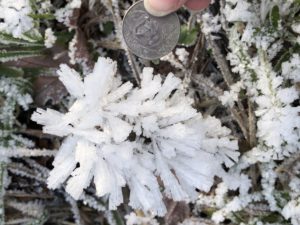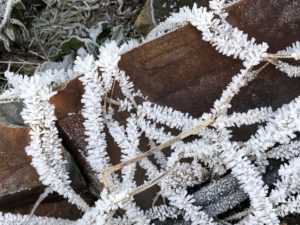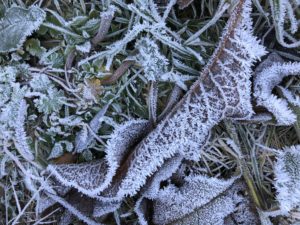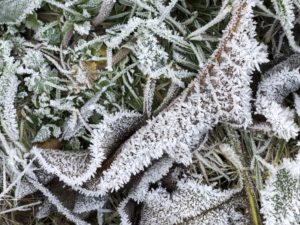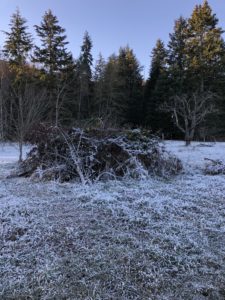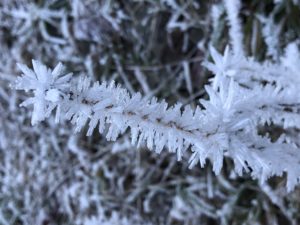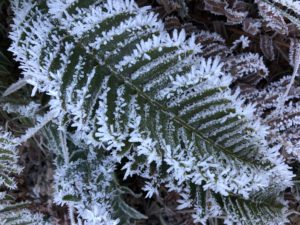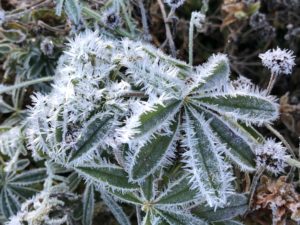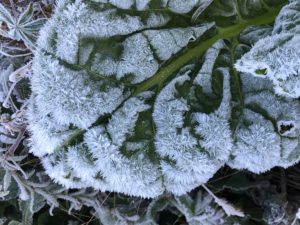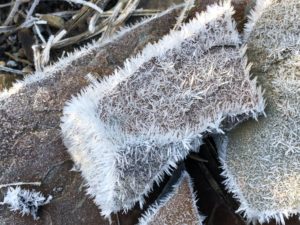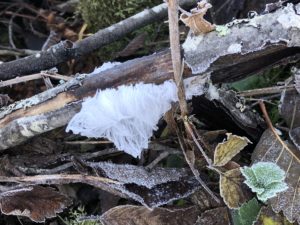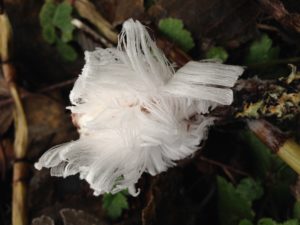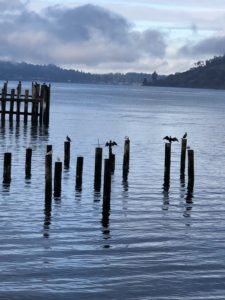Last night Rob and I went to Free Solo, a documentary about a climber who climbed El Cap without a rope.
It is fascinating, because it shows a very different perspective on risk and fear and death. It’s the sort of perspective that it’s interesting to collect.
I was a gym rat climber for several years, enough that I know climbing technique and can appreciate the skill — and difficulty — involved in something like this. But as a gym rat climber, I dismissed free solo climbers as being nuts. It seemed so needless.
Having gotten a glimpse into this guy’s world, I will revise my opinion: they may not be nuts, but they have a very different way of assessing risk and whether it’s worth it.
It isn’t that this guy doesn’t see the risk. He does. But for him it is a small risk (ha!) with a very high consequence. And to be fair, he does work to make that risk as small as he can, but that doesn’t take the high consequence away.
One of his friends likened it to someone going for Olympic gold, where you would either get gold or you would die. That seemed apt.
Most people would not take that challenge, but it is fascinating to see someone who will accept the challenge, and recognize that he has a lot in common with adventurers and explorers through the ages.
The part that was hard for me wasn’t actually that he was risking his life, but that he was risking the life that others hold dear. I felt bad for his girlfriend (yes, she knew he was into this, but still!), and even the film crew — who were also his friends, and were all too conscious of the possible outcomes.
Watching their fear made it seem real in a way that his own outlook did not.
So, an interesting study on risk, mastery, and how to reflect difficulty in a specialized domain.

